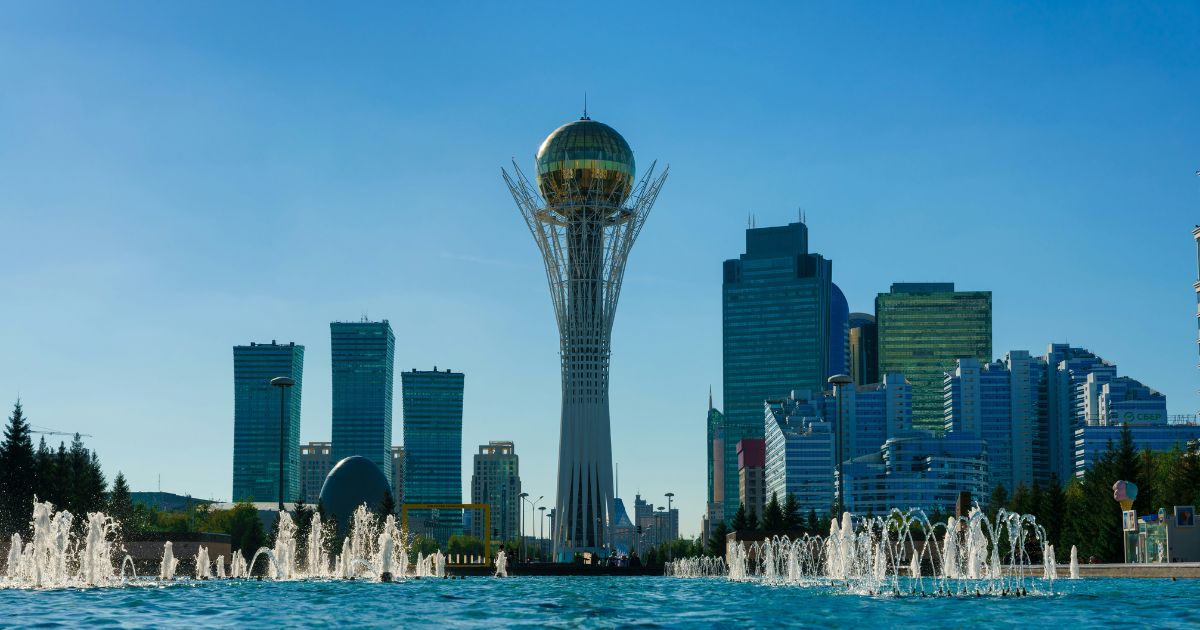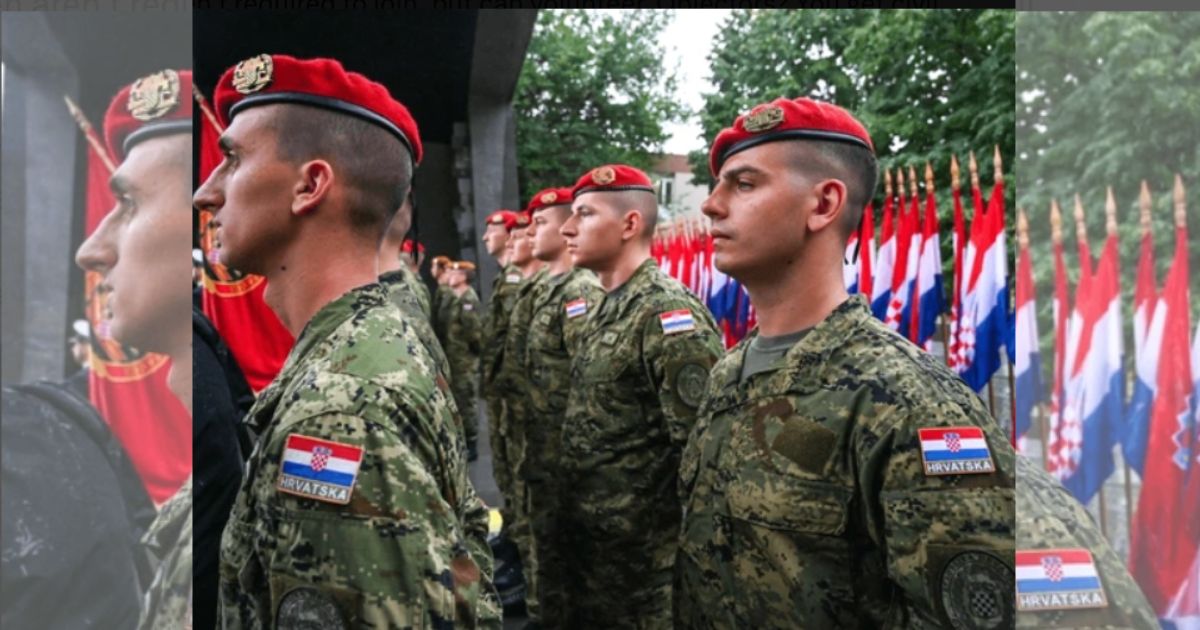At least 24 died and 47 were injured while demonstrating against the military government of Myanmar when an army motorised paraglider released two bombs among them, a government-in-exile spokesperson said in a BBC Burmese report.
The military struck on 6th October as an estimated 100 individuals convened in Chaung U township in central Myanmar for a national holiday.
Thousands have been killed and millions displaced since the onset of a military coup in 2021, which set off a civil war with armed resistance factions and ethnic militias.
Following the loss of control over over half the country, the army is now gaining ground strongly again, through a particularly violent campaign of bombing and heavy shelling.
Monday’s attack is only one of hundreds of identical air strikes that Myanmar’s military has launched this year.
The military regime has recently expanded its air force with fresh drones purchased from China – now also fully backing the junta – and technical support from Russia.
That, combined with the reality that Beijing has been pressuring insurgents along its border with Myanmar to end weapon supplies to rebel forces, signals that the tables have turned on the military, and insurgents are forced to relinquish much of the ground they took during the last two years.
Monday’s attack was on a township in Sagaing Region, where individuals had come together on Thadingyut, a full moon holiday, to have a candlelight vigil.
It was staged as a peaceful protest against the junta’s forced conscription into the army and a pending national election. It also demanded the freedom of political prisoners such as Aung San Suu Kyi, the democratically elected leader, who was ousted in the coup and imprisoned.
The Sagaing area has been a major theater of conflict in the war, with much of it dominated by volunteer militias.
These units, the People’s Defence Force (PDF), also administer the local government. A local PDF official said they had received a tip about a possible airborne assault at Monday’s meeting.
They attempted to bring the protest to an abrupt end, but the paramotors – paragliders in local parlance – arrived sooner than they anticipated, he explained.
All this occurred within seven minutes, he stated. He reports his leg was injured in the explosion, but others who were around him were killed.
Locals added that it was difficult to distinguish between the bodies afterwards.
“Children were totally ripped apart,” another woman who organized the event and was not present there but visited funerals on Tuesday, said to AFP news agency. They were still “collecting body parts,” she said.
In a release on Tuesday, Amnesty International described the use of motorised paragliders by the junta to attack villages as part of a “disturbing trend.”.
BBC Burmese last week reported that the junta increasingly used paramotors in the face of a shortage of aircraft and helicopters, and jet fuel.
International sanctions over the last few years have made it more difficult for Myanmar’s rulers to acquire military hardware – although the recent infusion of technology from the likes of China and Russia appears to have turned the tide.
Joe Freeman, the Myanmar researcher at Amnesty International, stated that the attack “should be a gruesome wake-up call that the civilians of Myanmar require emergency protection”.
He also urged Asean, the South East Asian regional grouping which is to meet later this month, to “step up pressure on the junta and rethink an approach that has failed the people of Myanmar for nearly five years”.
Myanmar is to stage general elections in December, its first since the 2021 coup. The vote will be neither free nor fair nor intended to try to legitimize military rule, critics argue. Numerous opposition parties have been outlawed, and voting is likely to occur in only half the country, in the parts controlled by the military.




